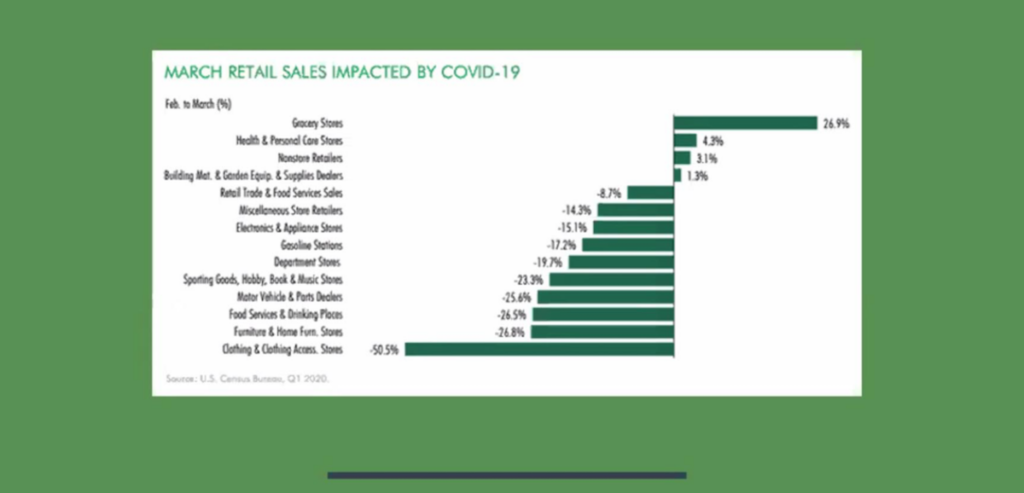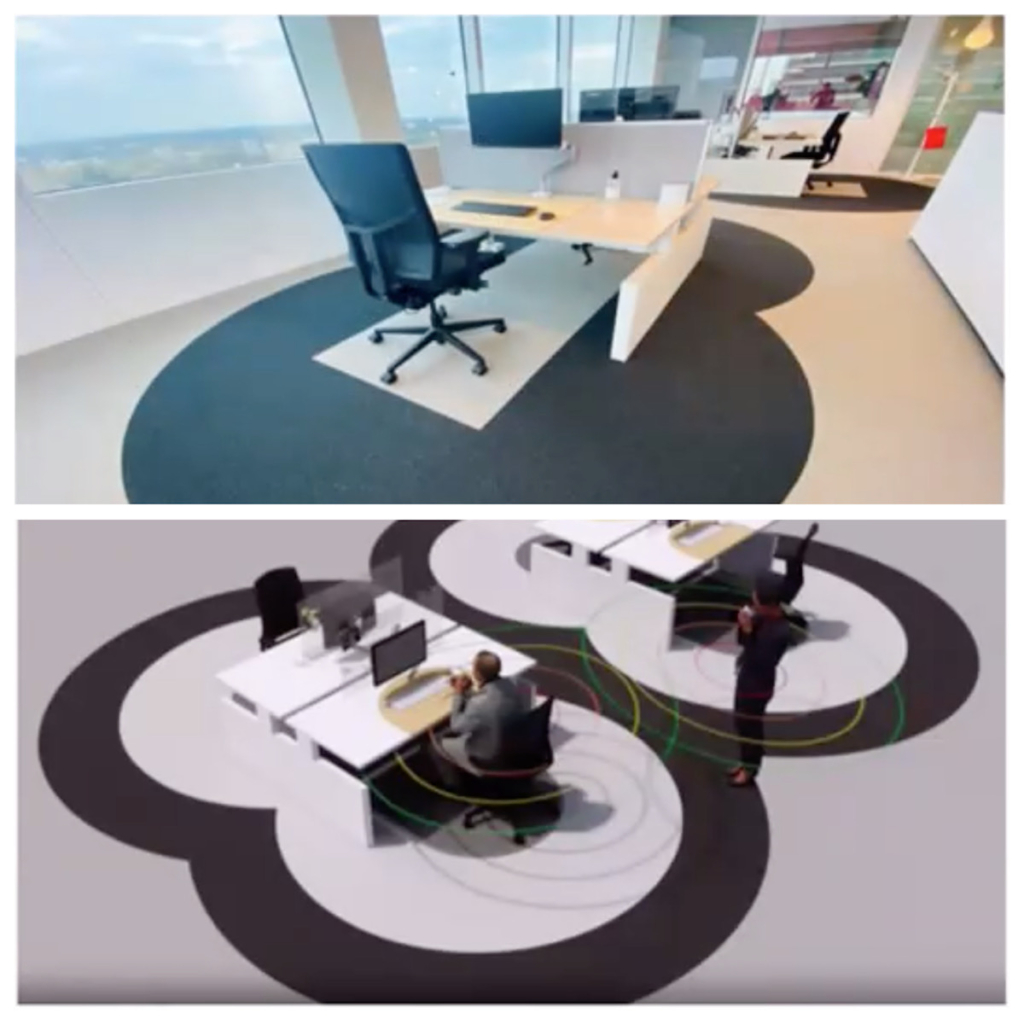The Adaptability of Cary’s Commercial Real Estate
Cary, NC — In the Cary Chamber‘s June Economic Development Meeting, three local experts chimed in on the current state of the commercial real estate market and how it might look different in the future.
A Pandemic-Altered Market
Tom Huff, Principal of Capital Associates, put the current state of the commercial real estate market into two words — disruptive and uncertain.
Office Space
Speaking to the office leasing market, Highwoods Director of Leasing John Hogan said activity has been slow the last few months with no one going on tours for about six weeks. Right now, they are seeing a slight uptick with an average of 3-4 tours each week.
“What we’re hearing from customers and tenants is if they don’t have to make a decision in this environment, they’re not going to,” said Hogan.
In addition to rising uncertainty, Huff said vacancy rates are also likely to rise as office leasings are heavily dependent on job growth.
“We’ve got to have internal job growth or people coming from outside and forming jobs in order to create more office demand,” said Huff.
Construction
Construction is one sector that has remained strong during the pandemic with an estimated 1 million square feet of office space currently under construction in the area with about 25% of it preleased.
Hogan predicts that construction pricing will be increasingly competitive as many general contractors are finishing up jobs now. If this rings true, Hogan said it is likely that there will be better pricing going forward for the rest of 2020 and into next year.
Subleasing
“Another thing we’re keeping an eye on, which is typical in a recession, is sublease space. We haven’t really seen it yet but as people are looking for ways to save money and cut costs, we’ll see more sublease space coming on the market,” said Hogan.
An overall challenge to developers in commercial real estate is finding customers willing to sign long-term leases. Hogan predicts that will remain a challenge for the rest of the year.
Retail

Moss Withers, President of Lee & Associates, said that 100% of deals in being worked on with his commercial real estate company in March 2020 were stopped. Since then, about 30% have come back to the table.
Withers says by far, the most affected area of the market has been the retail sector with clothing and accessory stores taking the largest hit.
“I think we will see a dip in deals and statistics in July, August and September. Not to mention, the commercial real estate industry does slow down in those summer months. Put that on top of the impacts of the pandemic and things can really change,” said Withers.
For his company specifically, he says they have not lowered rent prices, but instead might add a few extra rent-free months to the beginning of a lease to help tenants get through the impacts of COVID-19.
Industrial
Perhaps a diamond in the rough, the industrial market was gaining momentum pre-pandemic. According to Withers, the area has seen an expedited transition period of retailers moving to deliveries. In doing so, industrial parks are filling up and businesses are relying on online marketing to get their products out.
“If you had a sublease in the industrial sector in Raleigh, I would almost guarantee you have it leased right now,” said Withers.
A secondary win for the industrial sector is a high demand for storage during the pandemic, especially for medical items such as masks and sanitizers.
Restaurants
Shifting from a winning sector to a struggling one, Withers said this about local restaurants:
“A lot of restaurants probably will not make it. We’re trying to figure out what the statistic is, but we’re thinking about 20% of small business and retail may not be able to pull through this.”
Transitioning Back into the Office
A big question circulating is when will businesses be comfortable reopening. For these speakers and their companies, a date that has been favored for returning the majority of workers is Monday, July 6. For now, their buildings are open but have about 10% of the total staff in the office.
Huff suggested that starting out, a lot of companies will opt for staggering days and shifts for employee scheduling. Big challenges in the way are related to social distancing — how can you do that in an elevator or in tight quarters with other desks?
To solve issues related to distancing a cleaning, future procedures might include a 2-person maximum on elevators, one-way staircases, barriers and a lot more cleaning around the clock.
“I think it’s going to continue to evolve. Everyone will have a different schedule and a lot of tech companies that are more suited to work at home will work from home longer,” said Hogan.
Reconfiguring the Office

What does a socially-distant, virus-resistant workplace look like? When the panelists took a crack at the answer, some of the solutions that came up included:
- More barriers
- More cubicles
- More private space
- Reducing density in co-working, open spaces
- Design elements that visually show 6-foot barriers
With the economic downturn, Hogan doesn’t foresee much reconfiguring in the short-term.
“Companies don’t want to spend money at this point unless they have to. They’re going to take some of their spaces out of service in order to have people properly distanced when they’re back at work,” said Hogan.
Under this model, a percentage of staff would remain working from home.
Technology and the Future
A big component of forging ahead safely in the workplace is technology. Along these lines, the panelists agreed that we’ll see a rise in technology and higher standards in workspaces including:
- Touchless entry
- Filtration in HVAC systems
- Electrostatic cleaning using UV light
- Foot pedals in the bathrooms
- Hand sanitizer stations
- More fresh air integration
- Automatic faucets & hand driers becoming standard
- Touchless elevators
- Temperature sensors at entry points
- More outdoor spaces
Story by Ashley Kairis. Featured image by Michael Gaida, others were screen captured from the live event.
All the Cary news every day since 2009. Subscribe by email.




“hand driers becoming standard” <<====Another reason to work from home!!!!!
Crazy!
In the same restroom, toilets without lids are being flushed. Fecal cloud rises, and is recirculated by the hand drier!
https://www.health.harvard.edu/blog/the-bacterial-horror-of-the-hot-air-hand-dryer-2018051113823
https://www.newsday.com/business/coronavirus/bathroom-restroom-safe-sanitize-covid-1.45046400